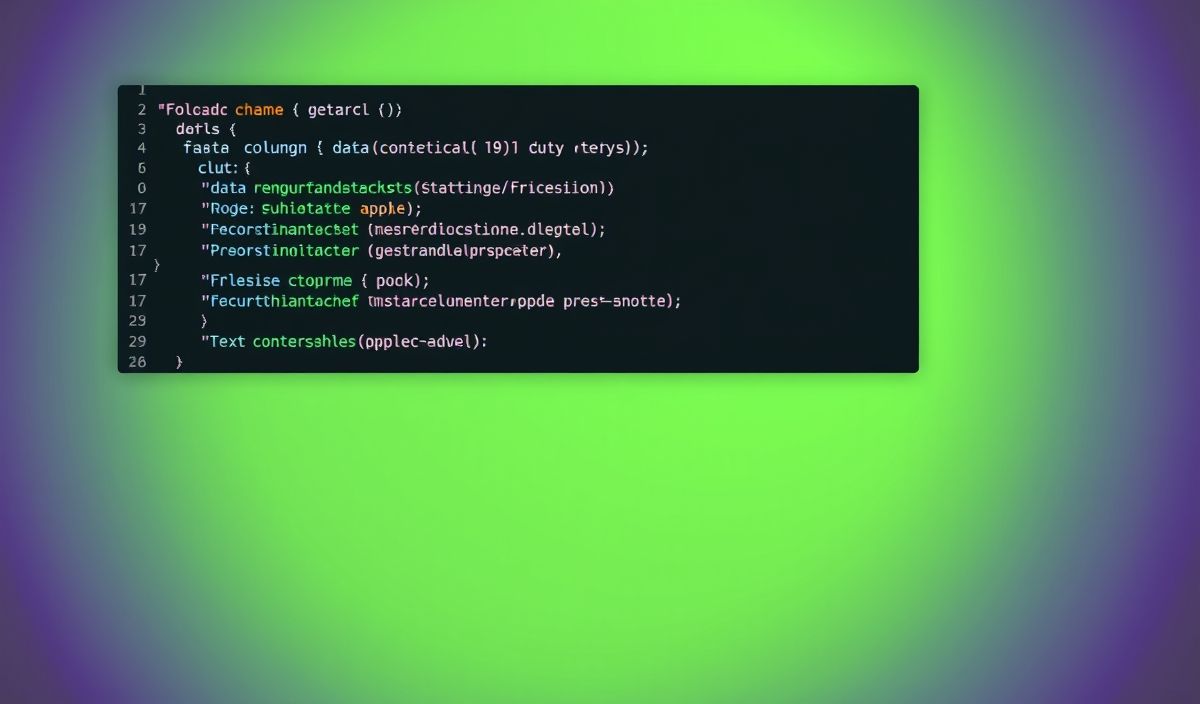Introduction to jsdom
jsdom is a popular JavaScript implementation of the WHATWG DOM and HTML standards, primarily designed to be used with Node.js.
This library allows you to manipulate DOM from the server side. It is extensively used for testing, web scraping,
and in server-rendered applications.
Basic Usage
Let’s start with a simple example of setting up jsdom:
const jsdom = require('jsdom');
const { JSDOM } = jsdom;
const dom = new JSDOM(`Hello world
`);
console.log(dom.window.document.querySelector("p").textContent); // "Hello world"
Manipulating the DOM
You can create elements and manipulate them as you would in a browser environment:
const { window } = new JSDOM(``);
const { document } = window;
const newElem = document.createElement("p");
newElem.textContent = "This is a new paragraph";
document.getElementById("app").appendChild(newElem);
console.log(document.body.innerHTML); // This is a new paragraph
Using External Resources
jsdom can also load and parse HTML from external resources:
JSDOM.fromURL("https://example.com").then(dom => {
console.log(dom.window.document.title);
});
Interacting with Forms
Here’s how to interact with a form element in jsdom:
const dom = new JSDOM(``); const input = dom.window.document.querySelector("input"); input.value = "jsdom_user"; console.log(input.value); // "jsdom_user"
Event Handling
Event handling in jsdom is very similar to how you do it in a browser:
const dom = new JSDOM(``);
const button = dom.window.document.querySelector("button");
button.addEventListener("click", () => {
console.log("Button was clicked!");
});
const clickEvent = new dom.window.MouseEvent("click");
button.dispatchEvent(clickEvent); // "Button was clicked!" gets printed
Handling Scripts
jsdom can execute scripts in a controlled environment:
const dom = new JSDOM(`Hello World
`, { runScripts: "dangerously", resources: "usable" }); dom.window.eval(`document.querySelector('p').textContent = 'Hello jsdom'`); console.log(dom.window.document.querySelector("p").textContent); // "Hello jsdom"
Complete Application Example
Let’s build a mini server-side application using some of the APIs we’ve covered:
const jsdom = require('jsdom');
const { JSDOM } = jsdom;
const http = require('http');
const server = http.createServer((req, res) => {
JSDOM.fromURL("https://example.com").then(dom => {
const document = dom.window.document;
const title = document.querySelector("title").textContent;
const newElem = document.createElement("p");
newElem.textContent = "Fetched title is: " + title;
document.body.appendChild(newElem);
res.writeHead(200, {'Content-Type': 'text/html'});
res.write(dom.serialize());
res.end();
});
});
server.listen(3000, () => {
console.log("Server listening on port 3000");
});
In the above example, a small HTTP server fetches the content of an external page, modifies it, and serves it to clients.
Hash: 338410d1cfb176ccc55117a9b003099ce83bf45f8364176f3005f061e8d4e2b9



